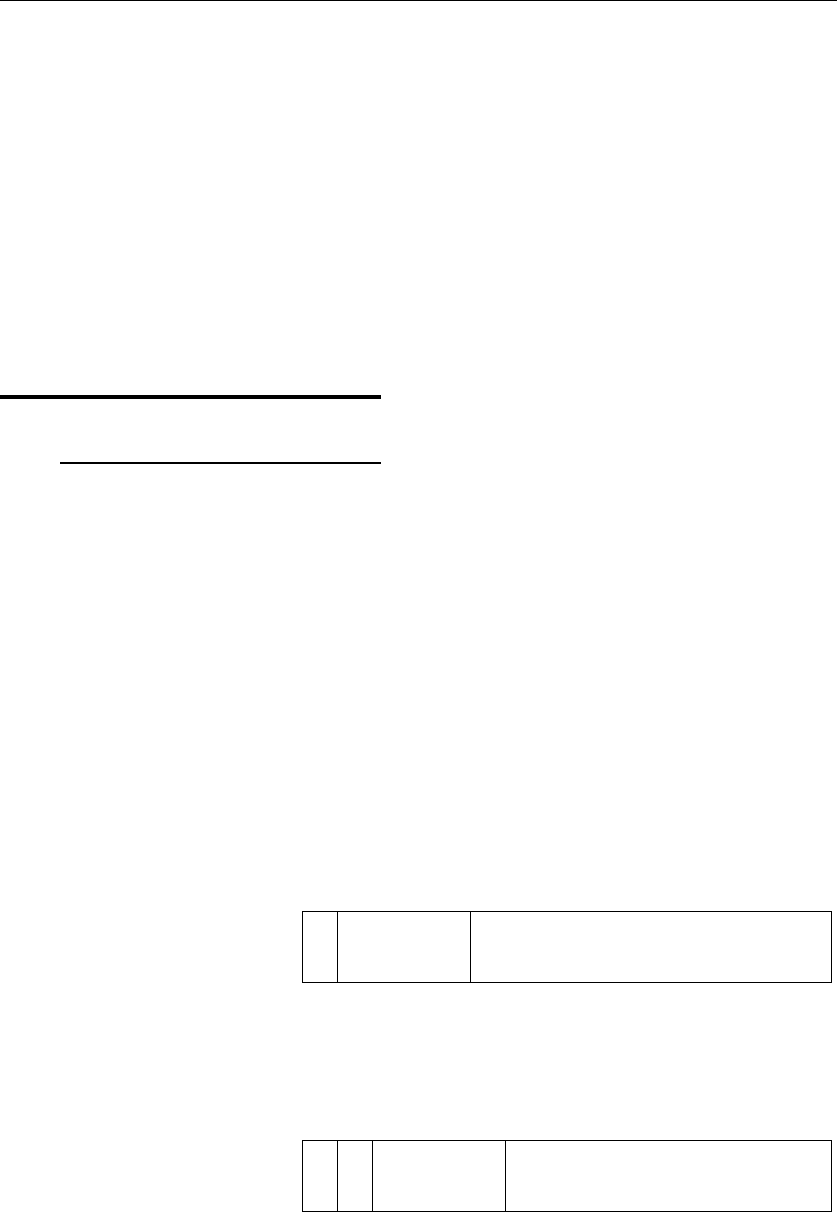
DES-7200 Configuration Guide Chapter 1 IP Address and Service
Configuration
1-1
1 IP Address and Service
Configuration
1.1 IP Address
Configuration
1.1.1 IP Address Overview
IP address is made up of 32 binary bits and expressed in the dotted decimal
format for the convenience of writing and description. In the dotted decimal
format, the 32 binary bits are broken into four octets (1 octet equals to 8 bits).
Each octet is separated by a period (dot) in the range from 0 to 255. For
example, 192.168.1.1 is an IP address in the dotted decimal format.
An IP address is an address that IP protocols use to connect one another. A
32-bit IP address consists of two parts: network address and local address.
According to the first several bits of the network address of an IP address, an IP
address is divided into four categories.
Class A: Total of 128 class-A IP addresses. The highest bit is 0 followed by
seven bits identifying Network ID, and the remaining 24 bits identify Host ID.
8 16 24 32
Class A IP
address
0 Network ID Host ID
Class B: Total of 16,384 class B IP addresses. The highest two bits are 10
followed by 14 bits identifying Network ID, and the remaining 16 bits identify
Host ID.
8 16 24 32
Class B IP
address
1 0 Network ID Host ID
Class C: Totaol of 2,097,152 class C IP addresses. The highest three bits are
110 followed by 21 bits identifying Network ID, and the remaining eight
addresses identify Host ID.


















